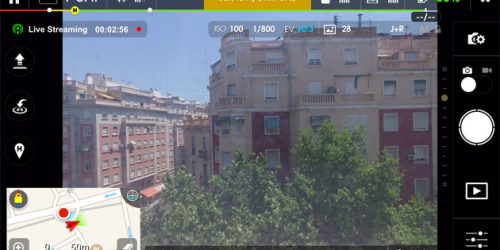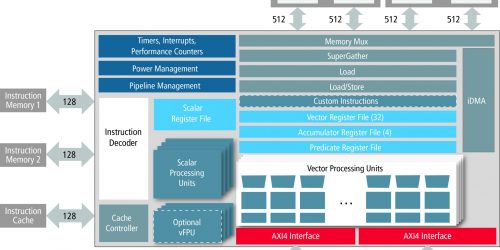ADAS: A Compelling Case Study of Computer Vision Success
This blog post was originally published at Vision Systems Design's website. It is reprinted here with the permission of PennWell. The fully autonomous vehicle trials underway by established automobile companies such as Ford and GM, along with upstarts such as Baidu and Google (and, persistent rumors suggest, Apple) may capture the bulk of popular attention. […]
ADAS: A Compelling Case Study of Computer Vision Success Read More +











